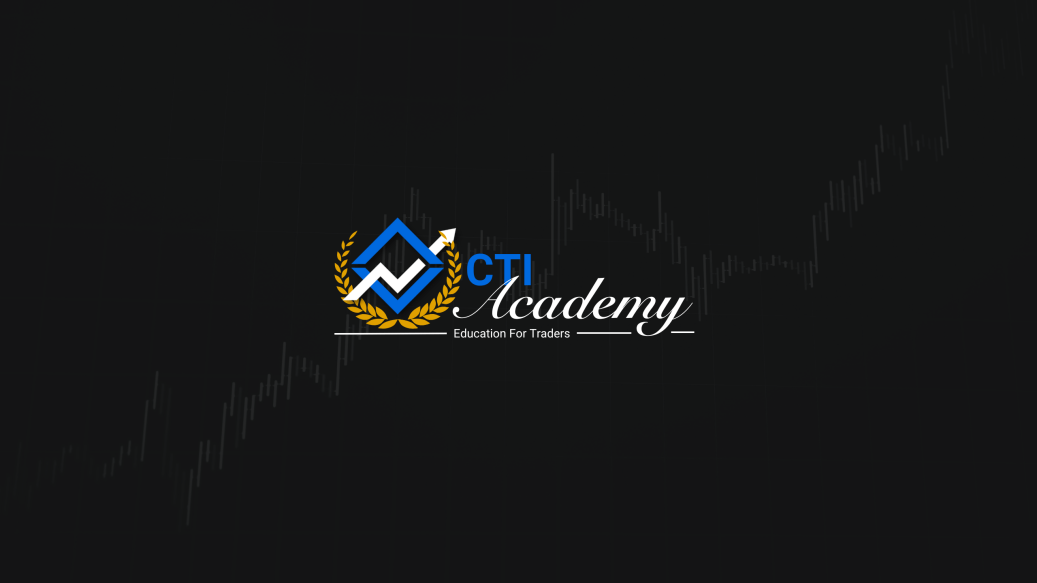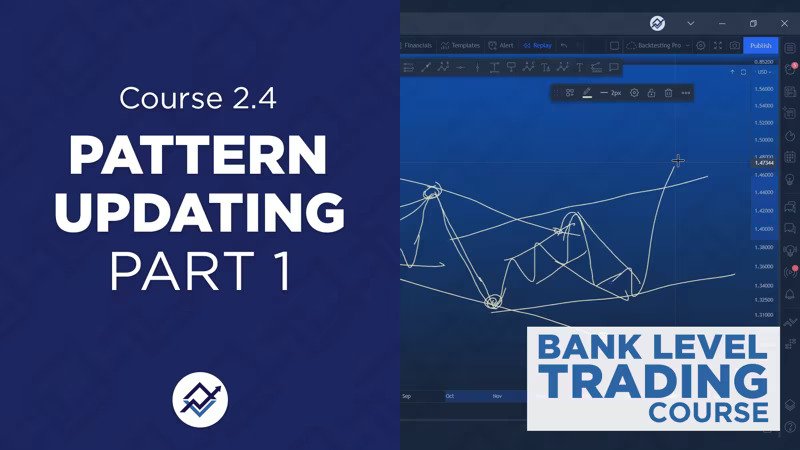Introduction
Trading is a multifaceted domain with a myriad of tools and strategies. Among these, ‘Pending Orders’ play a crucial role, dictating the precision and convenience in trading decisions. Delving deeper, we’ll unravel the nuances of different order types, their strategic implications, and roles in honing a trader’s strategy.
A Closer Look At Pending Orders
Think of pending orders as explicit instructions to brokers, determining when to buy or sell a security based on specific price conditions. They are invaluable for traders seeking methodical entry or exit points and are foundational for robust trading strategies.
The Strategic Essence
While Market Orders allow traders instant access to the market at the prevailing price, Limit Orders are the calculated counterparts, letting traders define their desired entry or exit price. But, when should a trader use a limit order rather than a market order? When precision in price matters most, a limit order comes to the fore.
The Tactical Variants
Stop Orders and Stop-Limit Orders stand guard, activating trades when market prices reach preset levels. They offer a blend of control and automation, protecting against potential losses or locking in anticipated profits.
The Role Of Conditional Orders
Conditional Orders are adaptive tools in a trader’s arsenal, only executing when specific market conditions are met. They provide agility, allowing traders to pivot their strategies according to market dynamics.
Importance In Trading Strategy
Understanding and aptly employing these diverse orders is paramount. They serve as navigational tools, guiding traders amidst volatile market waves, ensuring risk management, and optimizing potential profits.
Adapting To Market Conditions
The trading realm is dynamic. By judiciously selecting order types, traders can resonate with market fluctuations, making the most of every potential opportunity. For instance, placing a limit order above the market price can sometimes act as a strategy to ensure entry during upward momentum.
Advantages and Disadvantages of Pending Orders:
Advantages
- Time Efficiency & Structured Planning: Scheduled trades mean more freedom and minimized impulsive decisions.
- Emotional Stability: Reduced screen time equals fewer emotional fluctuations during live trades.
Disadvantages
- Market Volatility & Broker And Instrument Variability: Different volatility levels can disrupt well-planned strategies.
- Need For Awareness: Understanding nighttime volatility is essential as oversights can thwart strategies.
Conclusion
Order types, particularly pending orders, are quintessential for structured market participation. While their benefits, such as emotional stability, are undeniable, awareness of potential pitfalls is vital. Success in trading favors those who are disciplined, informed, and prepared.
People Also Ask:
Is it better to buy market order or limit order?
Market orders ensure quick execution, but limit orders provide price control. The choice depends on a trader’s priority.
What are the disadvantages of a market order?
Market orders may fill at undesirable prices, especially in volatile markets.
What is the riskiest type of trading?
Leveraged or margin trading amplifies both potential profits and losses, making it riskier.
What happens if you place a limit order above market price?
For a buy limit order, it’ll execute immediately since it’s at a price you’re willing to pay.
What are the 3 types of limit orders?
The main types are Buy Limit, Sell Limit, and Stop-Limit orders.
What does the 52-week high mean?
It’s the highest price at which a stock traded in the past year. Trading near this point can indicate strong momentum.
Can you really make money day trading?
Yes, but it requires skill, discipline, and an understanding of the market.
What type of trading is most successful?
Success varies by individual, but long-term investing often has consistent returns.
Who buys stocks when everyone is selling?
Other market participants, like institutional investors, might buy when others sell, anticipating future potential.
What is the 1 risk rule in trading?
It suggests not risking more than 1% of your capital on a single trade to manage potential losses.
Mastering the ins and outs of order types positions traders for potential success. It’s all about strategy, discipline, and continual learning.





